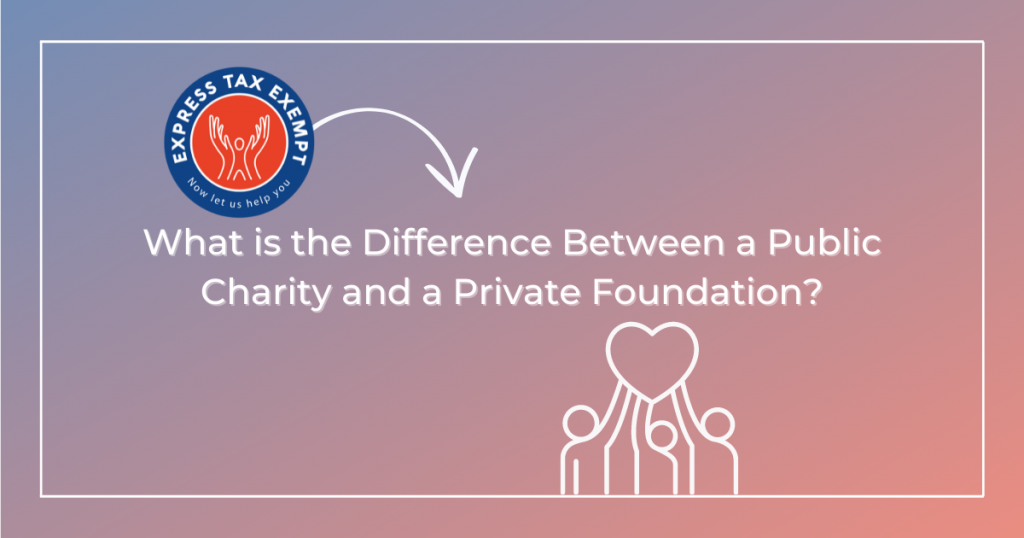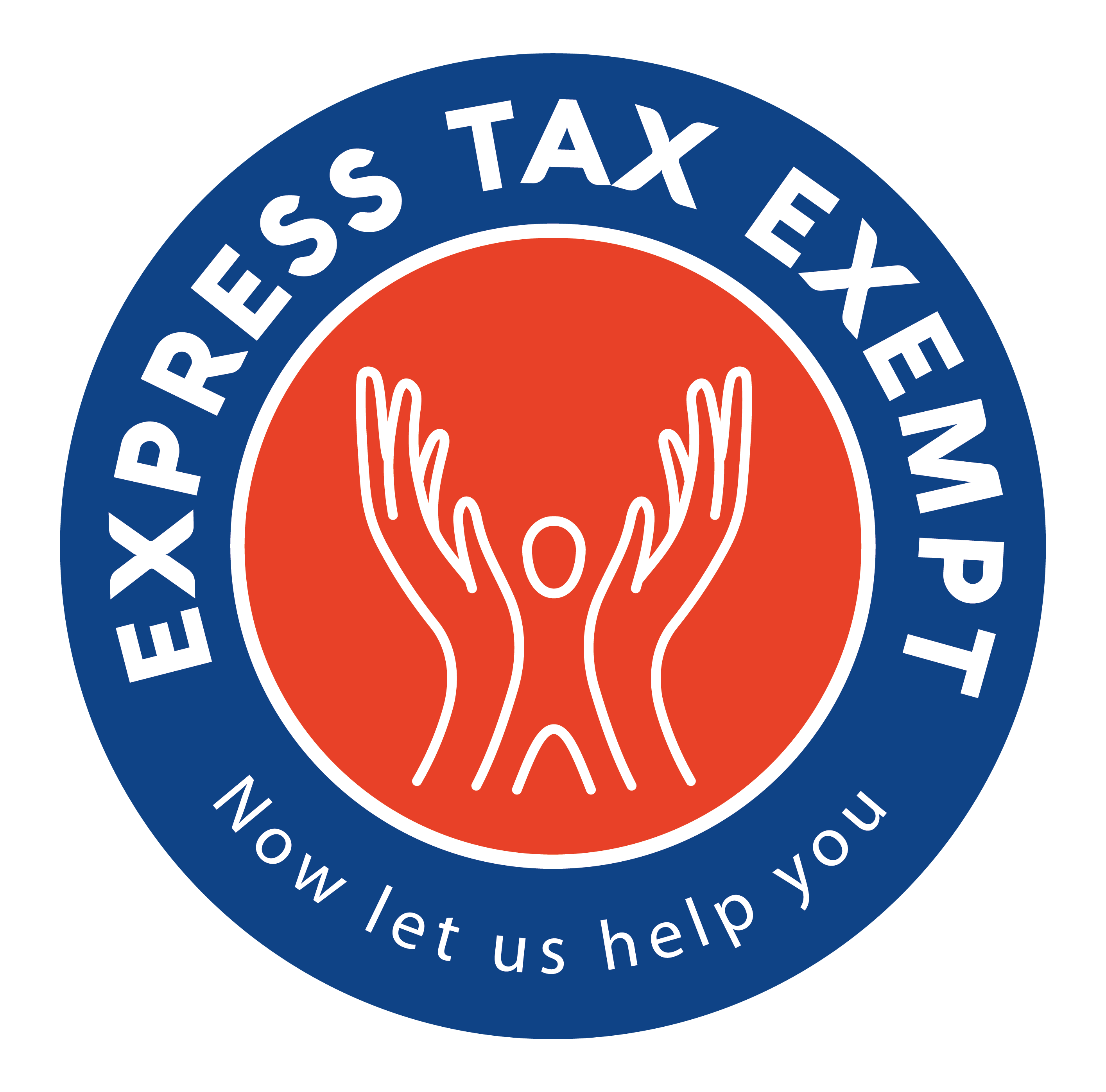What is the Difference Between a Public Charity and a Private Foundation?

You have probably encountered both of these types of organizations, they both carry out missions that are focused on the greater good, and they are both 501(c)(3) organizations. So, where do the differences come in?
The main differences come in terms of how the organizations are funded, but there are also some significant differences in how they operate.
Here is an overview of each type of organization and how they are run, including the critical differences between them.
What is a 501(c)(3) organization?
The IRS deems this specific type of organization “tax-exempt”. This means that the organization is not required to pay federal income taxes in the way that a for-profit business would.
Both a private foundation and a public charity are created with a mission designed for the greater good. Some examples of what the IRS deems “charitable purposes” include those that are related to religion, education, literacy, and preventing cruelty against children or animals.
How Public Charities and Private Foundations are Funded
This is where the differences between public charities and private foundations truly begin. The way they are funded is completely different and therefore they have different IRS requirements.
Private foundations are generally funded by a single source or an endowment. The most basic example of this would be a family foundation where one or two members are providing the funding and therefore, have the most control over where the funding is being granted.
Public charities are essentially the exact opposite of that model. They are designed to carry out programming that aligns with their mission, and this must be funded by the general public.
As a matter of fact, after its first five years of operation, the organization must apply the Public Support Test, by passing this test the organization proves that at least ⅓ of its funding is coming from the general public.
How Public Charities and Private Foundations Operate
Another key difference between these organizations is how they operate on a daily basis. While they are both ultimately responsible for carrying out their mission and promoting their cause, they do this in different ways.
A private foundation doesn’t typically carry out its mission directly, instead, they provide funding to many smaller organizations that do. For example, the board of directors, which can be as small as a few family members, will decide to fund certain activities of other public charities in the form of a grant.
Public charities operate much differently, they are generally run by several people, whether these are employees or volunteers. Their board of directors must be larger than that of a private foundation, and the IRS must be provided with information about these board members. This ensures that the board of directors is made up of a wide variety of individuals that represent the public.
Unlike private foundations, public charities carry out their mission directly through programs and services. They are directly funded by the public and therefore they serve the public directly.
What IRS Tax Returns Public Charities and Private Foundations File?
All tax-exempt organizations that are classified as a 501(c)(3) are required to file Form 990 Series tax returns. Which form they should file varies based on the size and purpose of the organization.
Private foundations are required to file Form 990-PF regardless of the financial size of the organization. This form was designed specifically for private foundations. Depending on the specifics of the foundation, they may be required to attach additional statements to their Form 990-PF.
Public charities are required to file the Form 990 that represents the size of their organization, for example:
- Small organizations with gross receipts of $50,000 or less should file Form 990-N, also referred to as the 990 postcard. This is the shortest 990 form.
- Organizations with gross receipts totaling less than $200,000 and total assets less than $500,000 can file Form 990-EZ. While longer than the 990-N, the 990-EZ is considered the short form.
- Organizations with gross receipts greater than or equal to $200,000 and total assets greater than or equal to $500,000 should file Form 990, the long form.
- Smaller organizations sometimes choose to complete Form 990 rather than one of the shorter forms, as this gives them an advantage in obtaining grants.
There you have it, an overview of the major differences between public charities and private foundations. Are you required to file a Form 990 return with the IRS?
ExpressTaxExempt is here to help! We support all of the 990 Series Returns listed above and more. We offer excellent customer support and time-saving features to help your organization simplify its filing process.
Create a free ExpressTaxExempt account here to get started!



